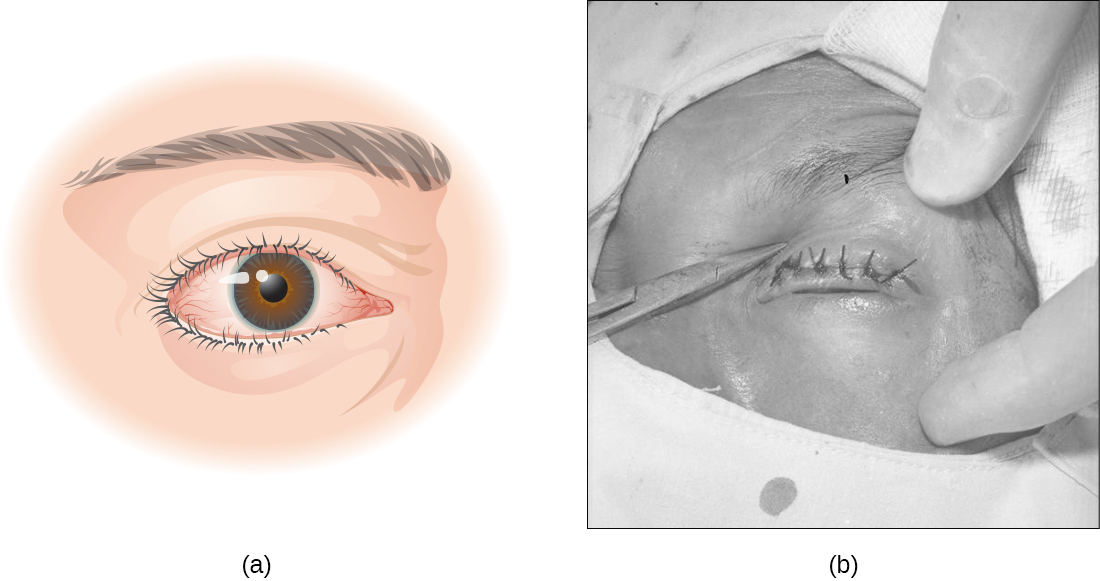| << Chapter < Page | Chapter >> Page > |

Though uncommon in the United States and other developed nations, trachoma is the leading cause of preventable blindness worldwide, with more than 4 million people at immediate risk of blindness from trichiasis. The vast majority of those affected by trachoma live in Africa and the Middle East in isolated rural or desert communities with limited access to clean water and sanitation. These conditions provide an environment conducive to the growth and spread of Chlamydia trachomatis , the bacterium that causes trachoma, via wastewater and eye-seeking flies.
In response to this crisis, recent years have seen major public health efforts aimed at treating and preventing trachoma. The Alliance for Global Elimination of Trachoma by 2020 (GET 2020), coordinated by the World Health Organization (WHO), promotes an initiative dubbed “SAFE,” which stands for “Surgery, Antibiotics, Facial cleanliness, and Environmental improvement.” The Carter Center , a charitable, nongovernment organization led by former US President Jimmy Carter, has partnered with the WHO to promote the SAFE initiative in six of the most critically impacted nations in Africa. Through its Trachoma Control Program, the Carter Center trains and equips local surgeons to correct trichiasis and distributes antibiotics to treat trachoma. The program also promotes better personal hygiene through health education and improves sanitation by funding the construction of household latrines. This reduces the prevalence of open sewage, which provides breeding grounds for the flies that spread trachoma.
Keratitis can have many causes, but bacterial keratitis is most frequently caused by Staphylococcus epidermidis and/or Pseudomonas aeruginosa . Contact lens users are particularly at risk for such an infection because S. epidermidis and P. aeruginosa both adhere well to the surface of the lenses. Risk of infection can be greatly reduced by proper care of contact lenses and avoiding wearing lenses overnight. Because the infection can quickly lead to blindness, prompt and aggressive treatment with antibiotics is important. The causative agent may be identified using bacterial cultures, Gram stain, and diagnostic biochemical, antigenic, or nucleic acid profile tests of the isolated pathogen.
When treating bacterial infections of the skin and eyes, it is important to consider that few such infections can be attributed to a single pathogen. While biofilms may develop in other parts of the body, they are especially relevant to skin infections (such as those caused by S. aureus or P. aeruginosa ) because of their prevalence in chronic skin wounds. Biofilms develop when bacteria (and sometimes fungi) attach to a surface and produce extracellular polymeric substances (EPS) in which cells of multiple organisms may be embedded. When a biofilm develops on a wound, it may interfere with the natural healing process as well as diagnosis and treatment.

Notification Switch
Would you like to follow the 'Microbiology' conversation and receive update notifications?